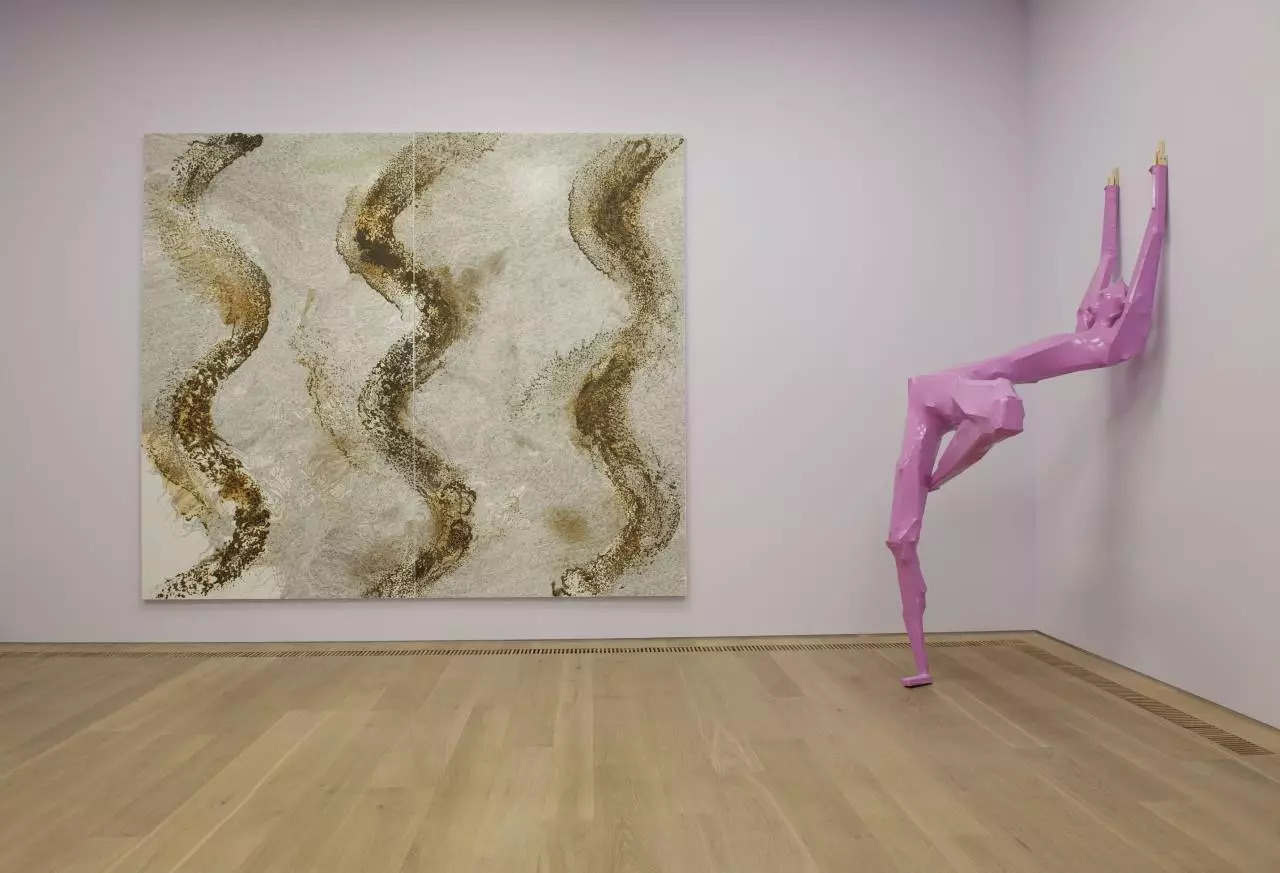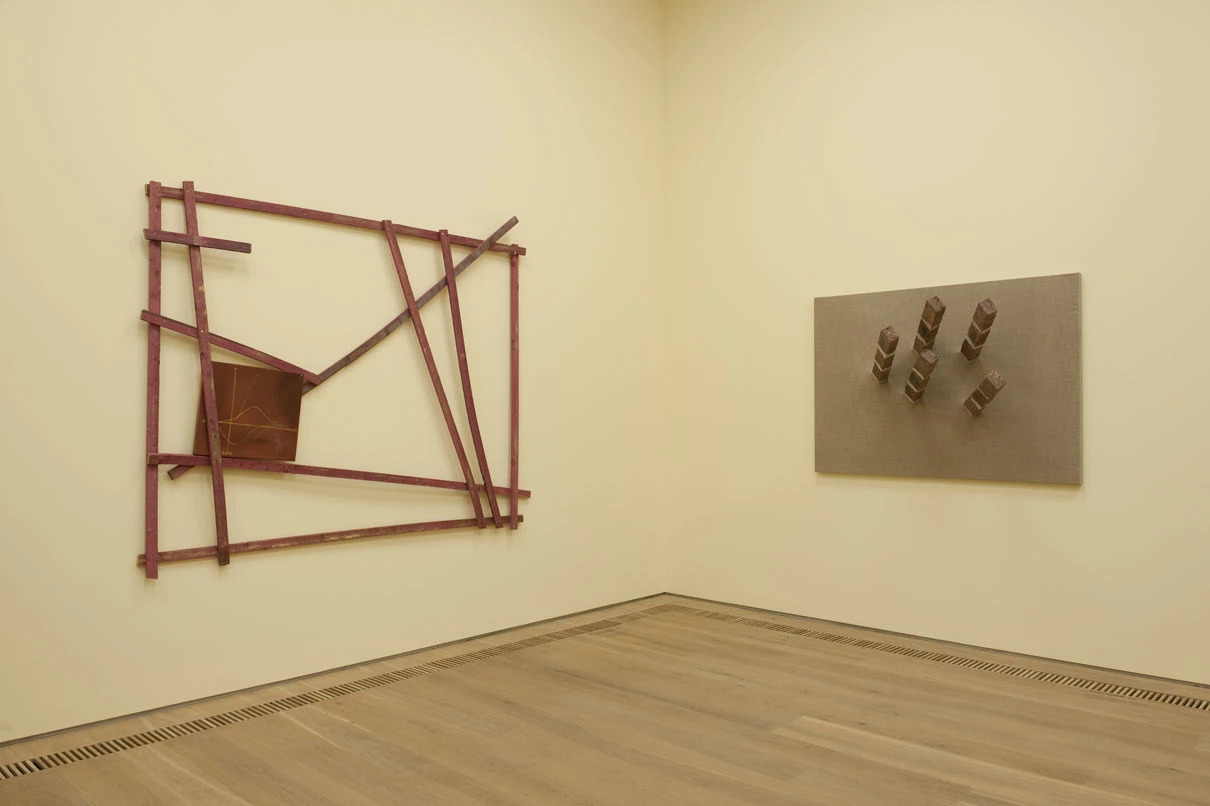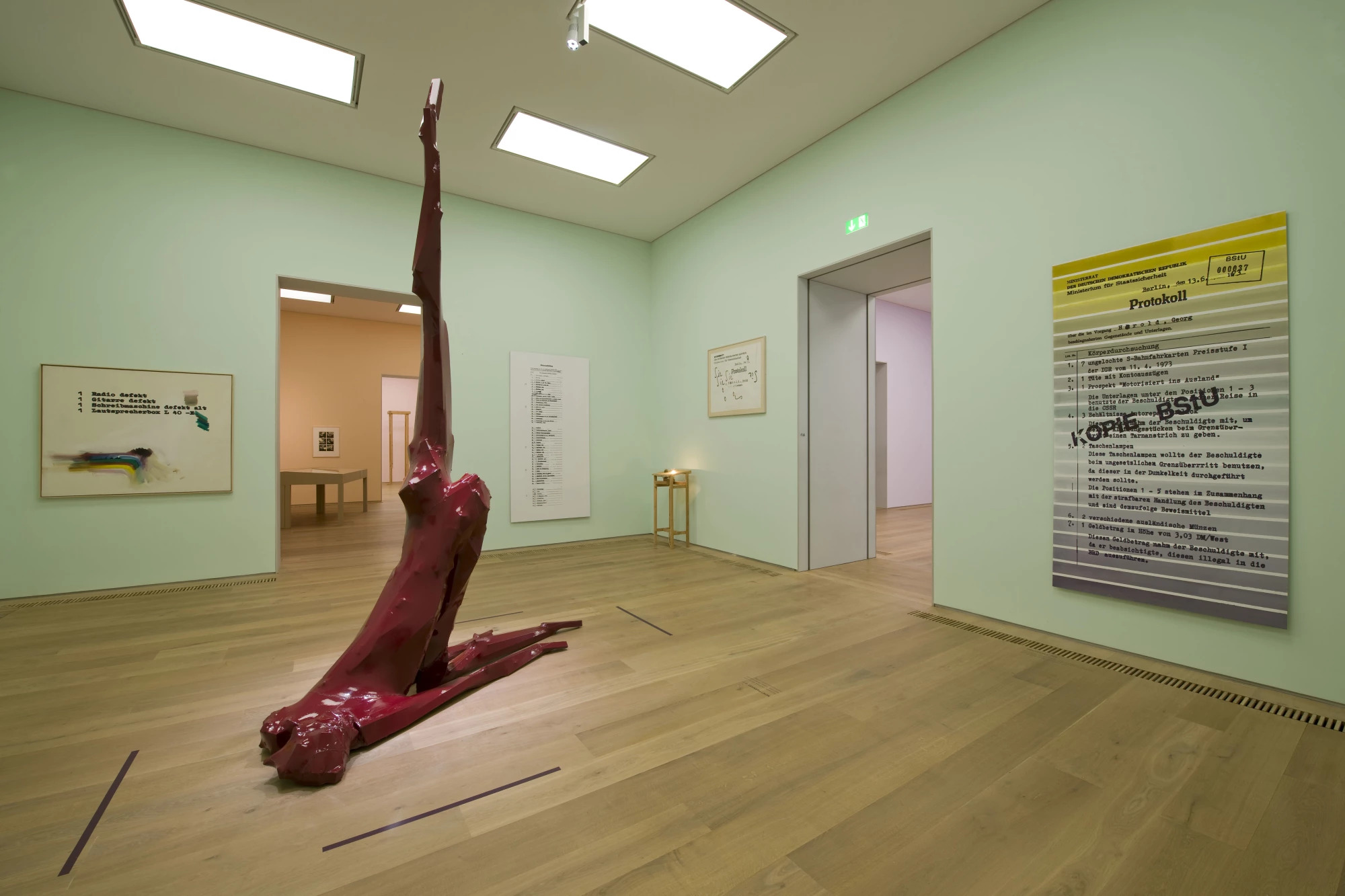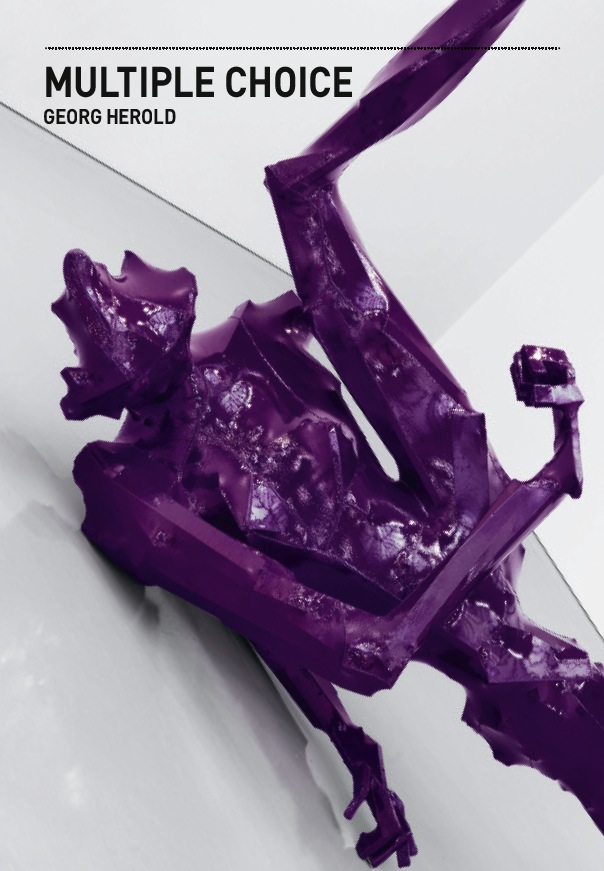Georg Herold: Multiple Choice
Can works of art be made of roof laths and caviar? This question has probably often elicited an incredulous shake of the head. Georg Herold, however, has taught us the better. In the early 1980s he used roof laths and, since 1988/89, has repeatedly worked with Beluga caviar in his pictures, objects, multiples and installations. Plain wooden slats still play a pivotal role in his works to this day, since – as he says – they “can be made to match every statement exactly.” While such objects were considered non-aesthetic at that time, the use of caviar was seen as a provocation. Bafflement mixed with a slight feeling of horror and a certain disgust. Over the past 40 years an extensive and complex œuvre has been created that has successfully been shown in numerous solo and thematic exhibitions both nationally and internationally.
Apart from roof laths and caviar beads that typify the artist’s work, Herold has repeatedly used bricks, thread, buttons and nails as well as tea strainers, handbags, nylon tights, carpets, etc. “As a matter of principle, I never use materials that speak their own language. That’s why I pick on rough, stupid materials that don’t ask questions.”
Like virtually no other artist of his day, Georg Herold ironically cites the art of the 20th century in its diverse forms, rendering it disillusionary or absurd.
Works by Herold are to be found in a number of private and public collections. He is considered one of the most important and influential artists, not only by his own generation. Udo and Anette Brandhorst came to appreciate and collect Georg Herold’s work back in the 1980s. The collection now boasts fifty works by the artist that the Museum is showing for the first time in a special exhibition “Georg Herold. Multiple Choice”, together with a similar number of other works. Apart from the multiples in its own holdings and loans of famous caviar pictures, new figurative works and installations have also been on show until September 2.
For more information please visit Museum Brandhorst.







